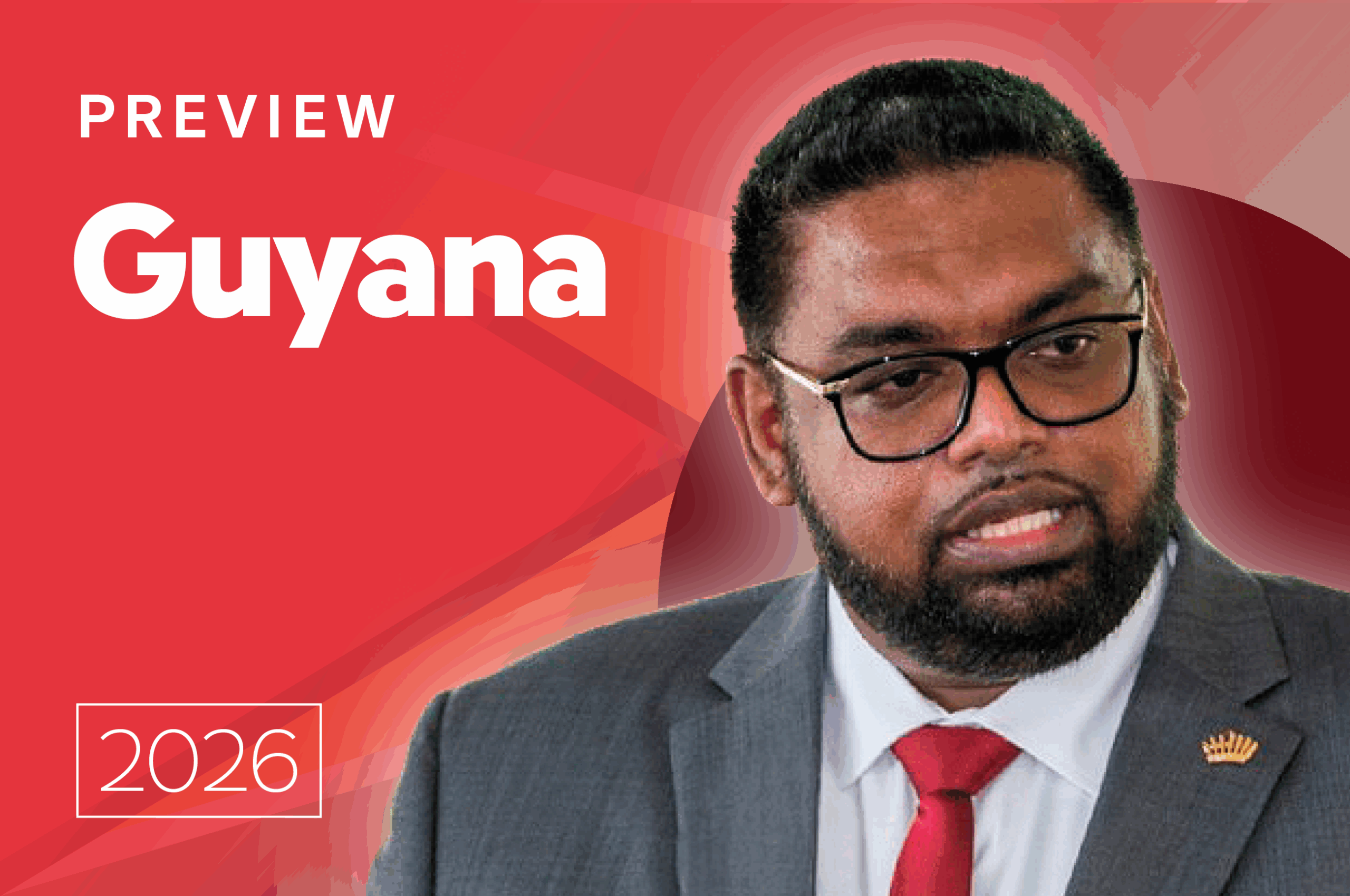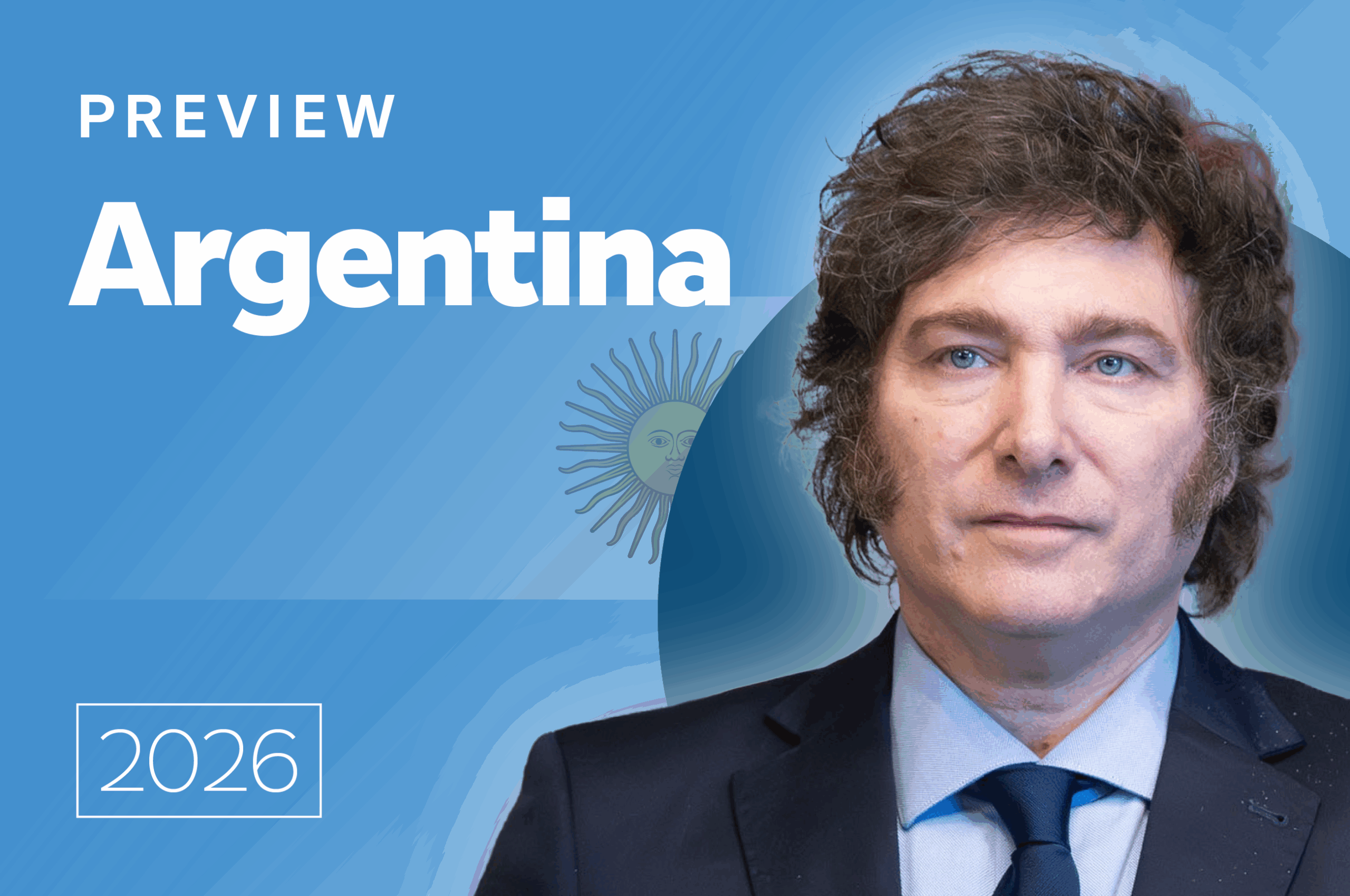Summary: Building the Impact Investing Space in Latin America
Summary: Building the Impact Investing Space in Latin America
An AS/COA Miami panel examined strategies to expand investments with social and environmental impacts.
Panel Discussion:
- Juan Pablo Cappello, Co-Founder and Board member, Idea.me (moderator)
- Catherine H. Clark, Director, CASE i3 Initiative on Impact Investing & Adjunct Associate Professor, CASE at Duke University’s Fuqua School of Business
- Jocelyn Cortez-Young, Managing Partner & CEO, Minerva Capital Group
- Nacho González, Chief of International Operations, SociaLab.com
- Ben Wirz, Director of Business Consulting, Knight Foundation
Summary
On March 6, AS/COA held an expert panel on impact investing and social entrepreneurship in Latin America. Discussion focused on the differences between impact investing and philanthropy, the role of risk in these investments, and how to build the impact investing ecosystem.
[[nid:49250]]
Impact Investing vs. Philanthropy
The first question panelists discussed was the definition of impact investing. The Global Impact Investing Network describes these as “investments made into companies, organizations, and funds with the intention to generate measurable social and environmental impact alongside a financial return.” Ben Wirz of the Knight Foundation offered a definition of his own, saying it’s “when you’re making an investment and you’re taking an extra degree of risk because you want a social return.” Risk, Wirz said, is greater when prioritizing social impact over profit. Catherine Clark of Duke University argued impact investors would not unanimously agree that impact is characterized by taking on additional risk and concessionary financial returns. Jocelyn Cortez-Young of Minerva Capital added that impact investing is more sustainable than philanthropy due to earned profit. Nacho González of SociaLab.com sought to reconcile these views by suggesting that impact investing is an evolved, more sustainable form of philanthropy due to its foundation in business practices.
Cortez-Young stressed that the key to a successful impact investment is in finding a feasible solution to a real problem that may be overlooked. González added that innovation in Latin America is different than in the United States—the areas with the most untapped potential can be found in emerging markets where because of the internet, previously unreachable populations are now accessible. The key to the next big idea is finding a solution that provides social benefits to a broader population, González said.
Risk: The Unknown for Impact Investors
Speakers noted that because of increased risk, it can prove a challenge to sell impact investments to traditional, profit-driven investors. Given that impact investing is in a relatively early stage, the space lacks risk metrics sought by traditional investors. By virtue of its socially oriented nature, it is difficult to predict quantifiable returns on investment, and few IPOs have been completed as a reference point. Still, there are ways to pitch these ventures successfully, and Clark noted an increase in angel investors and investment groups looking at the space. Cortez-Young referred to derivatives as an example of investment with a reduced percentage of risk, involving a fixed-income note plus a call option. The call option is an opportunity to invest in something unknown based on the known performance of the note—providing the investor less risk. Cortez-Young argued that the impact investing sphere can learn from derivatives, in that more investors could be attracted to this space if at least a certain percentage of risk can be ascertained.
Speakers also discussed the importance of creating a thorough business proposal. Before presenting a pitch to a traditional investor, one should look into the investor’s areas of interest—such as housing, education, agriculture, and access to technology—and see if these issues can addressed. As Wirz noted, one should also speak in the investor’s own terms, which can be difficult but crucial in securing funding. Cortez-Young explained that a pitch must stress which investments open up sources beyond philanthropy dollars, and move toward endowments and pension funds that seek financial returns.
Building the Impact Investing Ecosystem
Panelists noted the importance of fostering an impact investing ecosystem in Latin America. Currently, private foundations, private banks, development agencies, and private impact investing funds are participating in impact investing. But only a small portion of the $7.9 billion in private equity and venture capital investments in Latin America last year was allocated to impact investing. Co-investing among sectors presents another strategic opportunity for the young impact investing scene, Clark said. She noted that by “stacking” capital, one can make several deals with different investors at varying levels of capital, thereby securing funding at different stages of an enterprise. Cortez-Young added that a cyclical trend in impact investing has emerged: many recipients of successful Minerva Capital investments tend to go on and invest their own money in other ventures.








